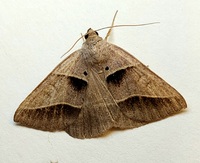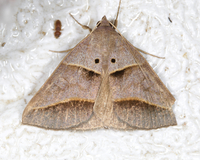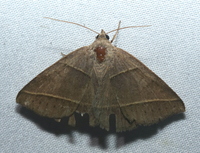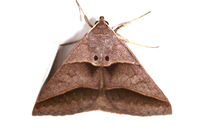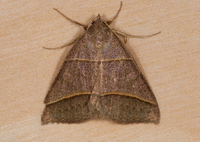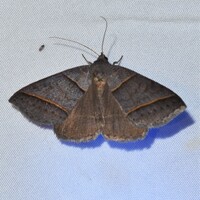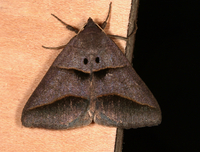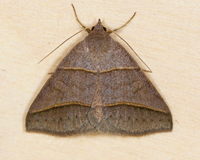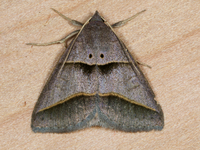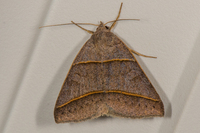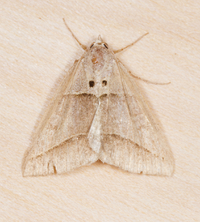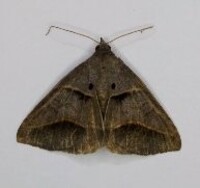 | 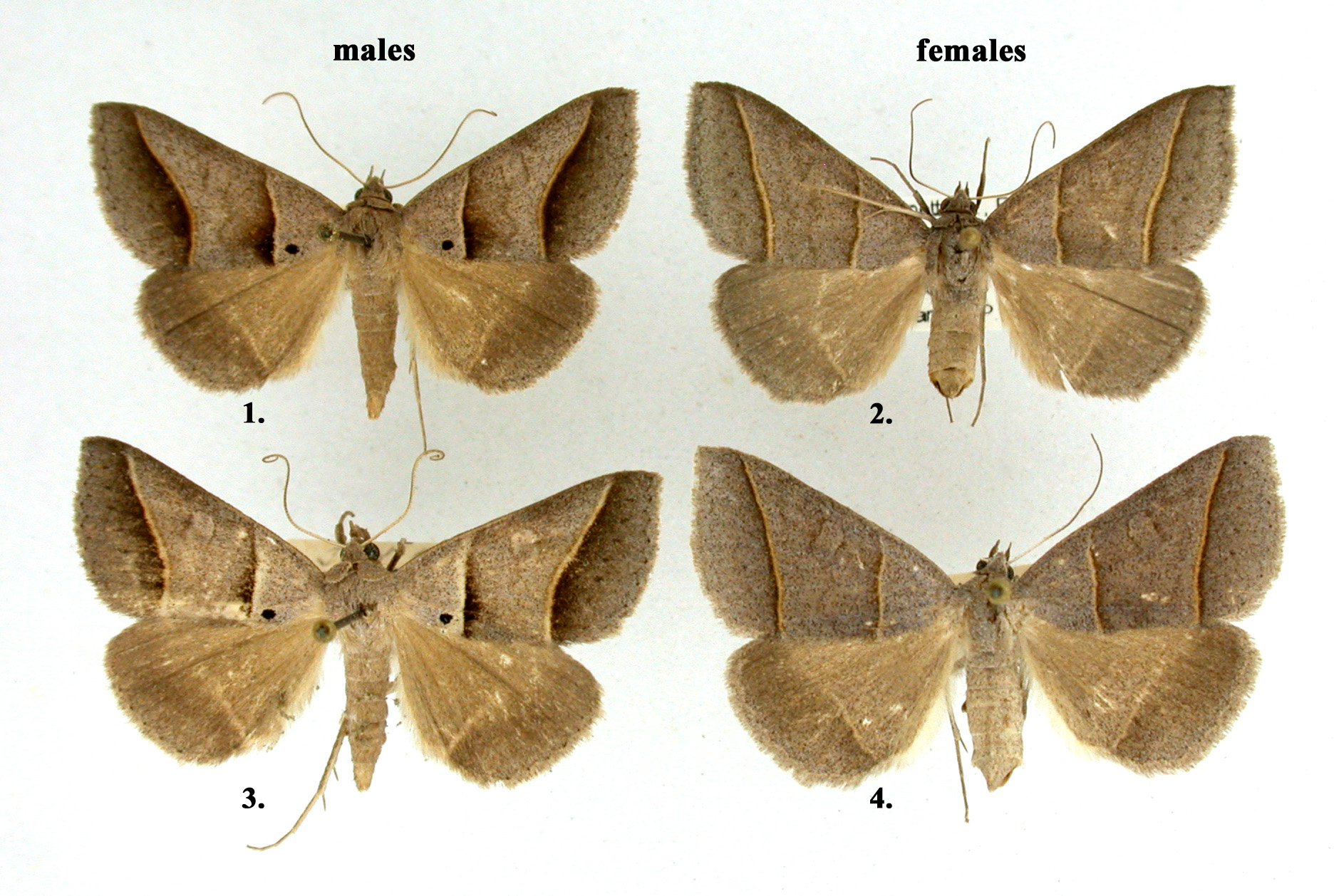
view caption
1. Craven Co., July 13, 1978, J.B. Sullivan
2. Harnett Co., June 30, 2003, J.B. Sullivan
3. Craven Co., July 5, 1978, J.B. Sullivan
4. Carteret Co., April 14, 1983, J.B. Sullivan
| 
view caption
1. Male, Craven Co., July 13, 1978, J.B. Sullivan
2. Male, Carteret Co., February 22, 2017, J.B. Sullivan
3. Male, Madison Co., April 13, 2012, J.B. Sullivan
4. Female, Harnett Co., June 30, 2003, J.B. Sullivan
5. Female, Carteret Co., February 27, 2017, J.B. Sullivan
6. Female, New Hanover Co., April 3, 1995, J.B. Sullivan | 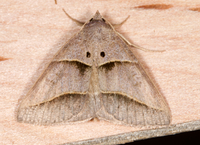 |

 »
»


